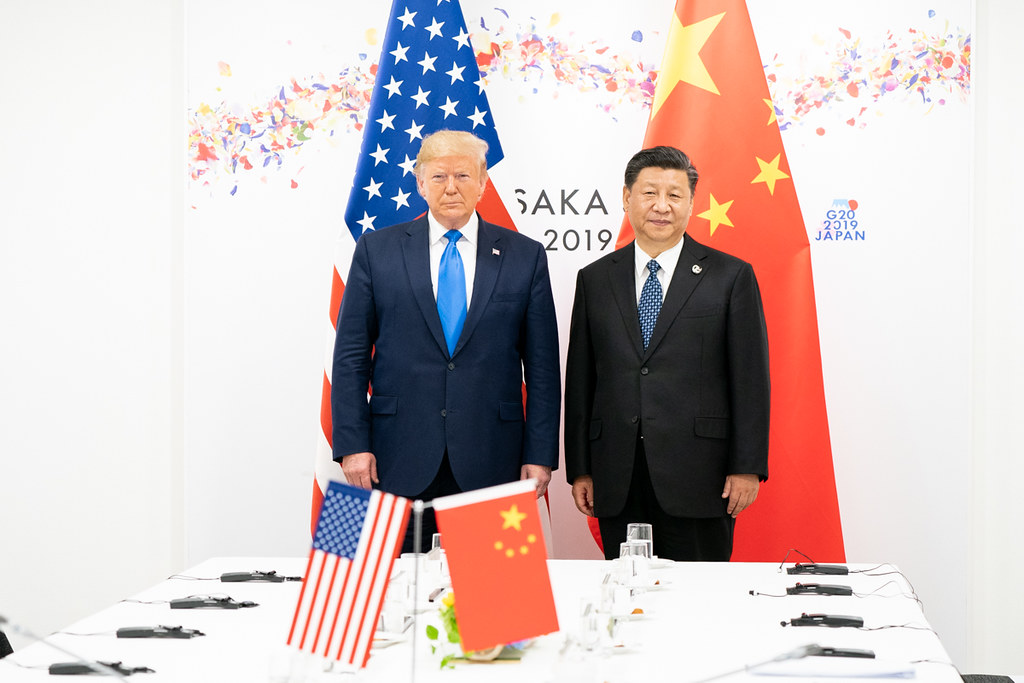
How long can a handshake between two rival superpowers last? In Busan, South Korea, the answer was precisely one hour and forty minutes. That was all it took for U.S. President Donald Trump and Chinese President Xi Jinping to declare a one-year pause in a trade war that has rattled markets, strained supply chains, and sharpened geopolitical fault lines.
This high-stakes reset has produced a cluster of concessions and suspensions-some concrete, others frustratingly vague. But if Trump hailed the talks as “amazing” and rated them a “12 out of 10,” Beijing’s language was measured, calling for focus on long-term cooperation. Beneath the optics, the truce reflects both sides’ tactical calculations: no resolution of structural disputes, and open to questions on enforcement and durability.
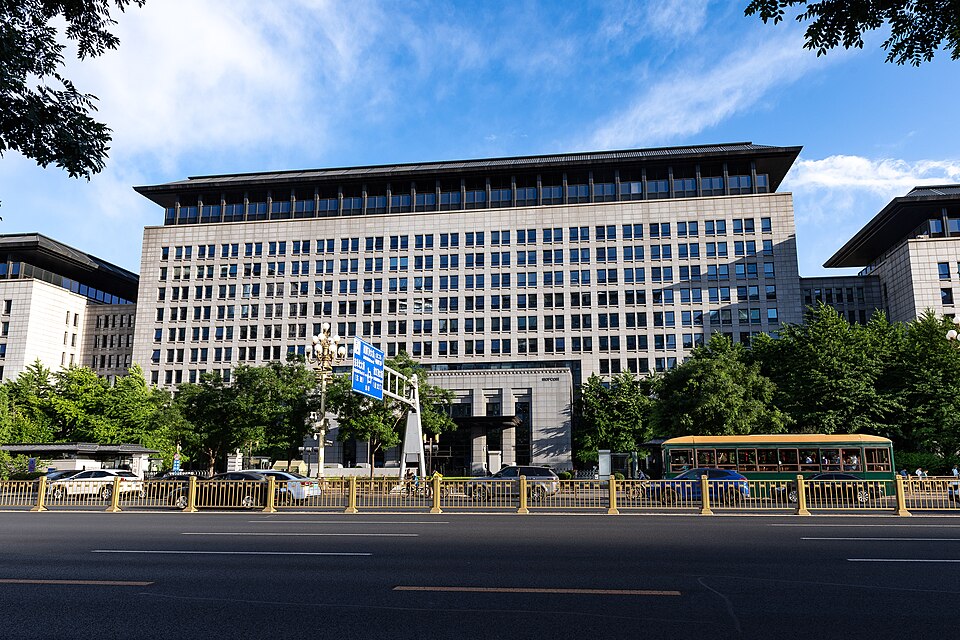
1. Suspension of Rare Earth Export Controls for One Year
China’s Ministry of Commerce, in a deal with the U.S., the European Union, and Japan, said it will suspend sweeping export controls on rare earths for a year, defusing a dispute that threatened industries from smartphones to fighter jets. The controls, announced in October, would have required licenses for products containing even trace amounts of Chinese-sourced minerals. Trump said the issue is “settled,” though the deal will be renegotiated annually and could extend far longer. Analysts caution that China’s 70% share of global supply is a potent bargaining chip, and the mere proposal of such controls may chill future investment.

2. Tariff Reduction on Fentanyl-Linked Trade
The U.S. will cut tariffs on Chinese goods linked to fentanyl production from 20% to 10%, reducing the overall rate on Chinese imports to about 47%. In return, Xi promised “very strong measures” to reduce the precursor chemicals feeding America’s opioid crisis. Working groups will establish “objective measures” to gauge compliance, according to Treasury Secretary Scott Bessent, who hasn’t outlined any enforcement mechanism. Past pledges on fentanyl have come up short, which makes this concession both politically sensitive and operationally uncertain.

3. Agricultural Purchases Locked In
Bessent said that would include a commitment by China to purchase 25 million metric tons of U.S. soybeans annually for the next three years, including an immediate purchase of 12 million metric tons before January. The agreement also includes sorghum and other farm products. Soybean futures briefly rose but farm leaders also said that high input costs increased some 12% by tariffs still endanger profitability. China’s Commerce Ministry would only confirm a general agreement to increase agricultural trade, leaving some ambiguity in how it is carried out.

4. Energy Cooperation Signals
Trump said China had agreed to begin purchasing American energy. He even boasted of a “very, very large transaction” in oil and gas from Alaska. Bessent said Xi discussed the opportunity for Chinese participation in a proposed trans-Alaska natural gas pipeline. Beijing has not confirmed details, and Energy Secretary Chris Wright is set to meet with Chinese officials to discuss terms. If these deals materialize, they could help further diversify China’s energy imports and boost US exports, but they remain speculative at this stage for now.
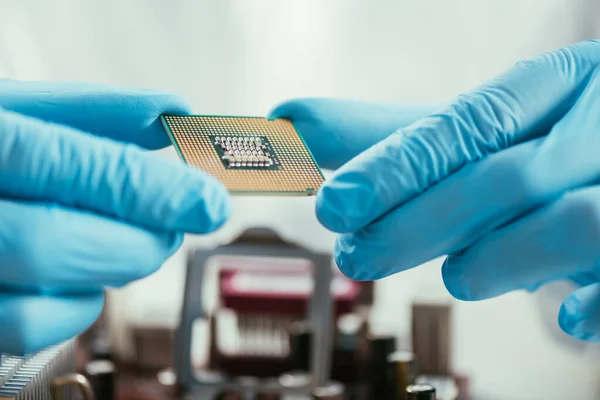
5. Semiconductor sales without Blackwell chips
Discussions touched on U.S. semiconductor exports, and Trump said Nvidia would explore selling more chips to China, excluding its most advanced Blackwell line. Steve Bannon added that it was also about defining “what chips we are talking about” so as not to erode U.S. competitiveness in AI. Without specification, it is unknown whether these sales will materially impact China’s technological trajectory.

6. Suspension of Maritime and Shipbuilding Investigations
The U.S. will delay its Section 301 investigation into China’s maritime, logistics and shipbuilding sectors for a year, including $46-per-ton port fees on Chinese vessels. China will suspend its retaliatory port fees in parallel. This pause removes a friction point in shipping costs but does not address the underlying disputes over subsidies and industrial policy in these sectors.
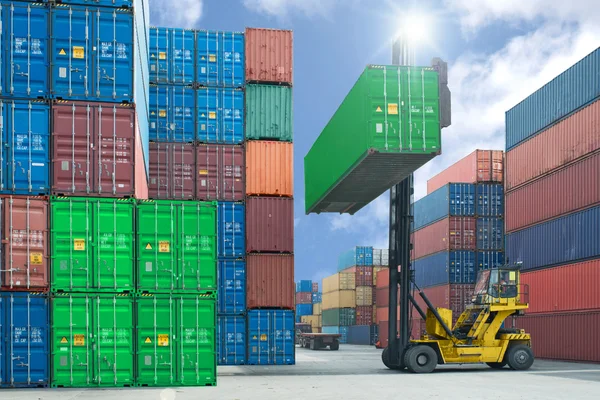
7. Delay of New Export Restrictions Rule
Washington will delay for one year the implementation of a Commerce Department rule targeting subsidiaries of blacklisted foreign firms with strict export controls. Tied to China’s rare earth concessions, it grants breathing room for global supply chains but also delays enforcement of measures aimed at preventing technology transfers to entities flagged as security risks.
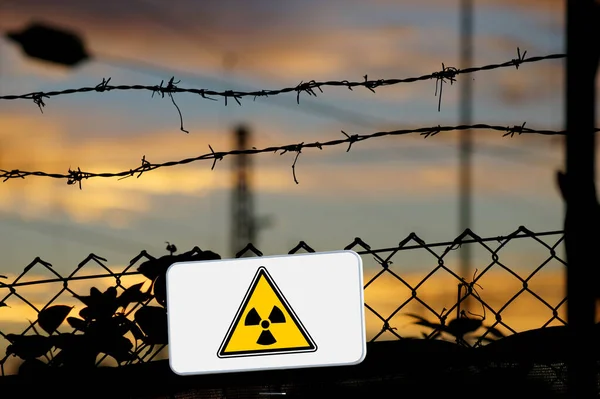
8. Nuclear Test Announcement Ahead of Talks
Hours before sitting down with Xi, Trump had ordered the Pentagon to resume U.S. nuclear weapons testing for the first time since 1992, pointing to the need to act “on an equal basis” with Russia and China. Arms control experts warned this could unravel decades of non-proliferation norms. The timing underlined the strategic backdrop to the trade truce – a sign that Washington is willing to flex military capabilities alongside economic measures.

9. The Notable Omissions: Taiwan, TikTok, and Russian Oil
Even as tensions over Taiwan and concerns over Chinese ownership of TikTok made headlines, neither appeared to feature anywhere in public readouts. China’s Commerce Ministry said it would work with the U.S. on TikTok, but offered no detail. Trump confirmed that Taiwan was not discussed and that China’s purchases of Russian oil were left untouched.
Despite all these notable omissions, a truce in Busan provides temporary respite for the tensions in U.S.–China trade relations, framed in a patchwork of concessions and suspensions. As such, lacking binding enforcement mechanisms and vague commitments in key sectors may well undermine the agreement. For investors, policymakers, and industry leaders, the next twelve months will determine if this tactical pause will settle into a durable framework or was just an interlude before the next escalation.


